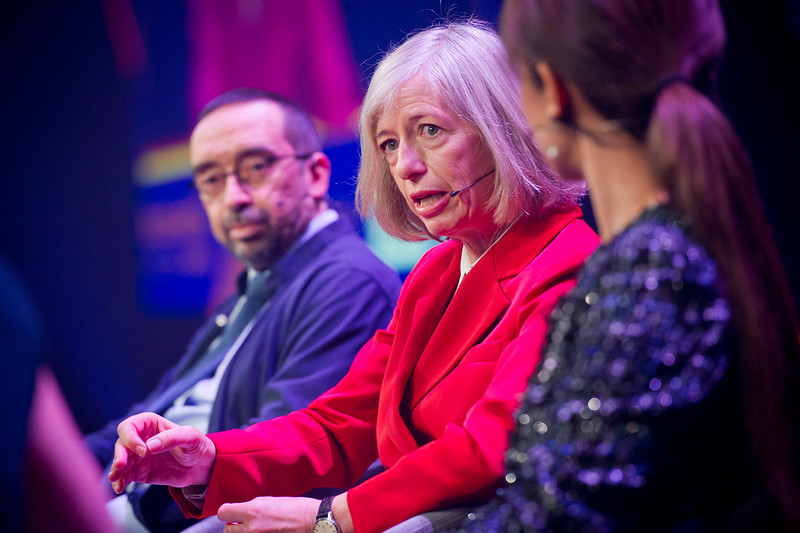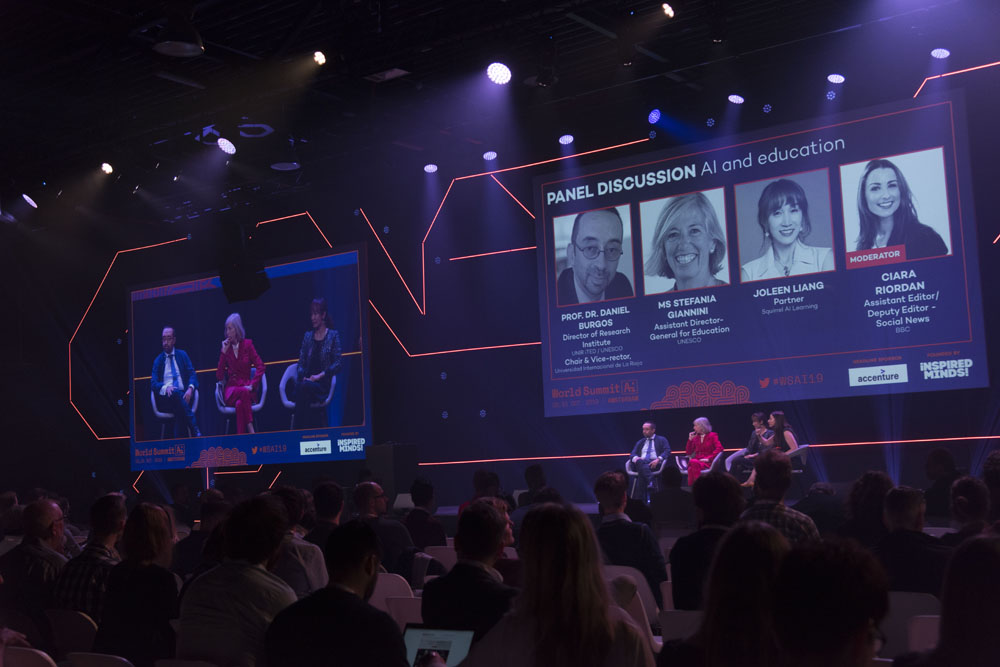Artificial Intelligence & Education. Baby steps in the right direction
Everybody talks about Artificial Intelligence (AI) these days: Demographics gurus, prediction polls, rain makers, Amazon and Netflix, Terminator, and even my 8-year old niece. It is cool, it is trendy; it moved from a sci-fi characterization to a need that someone wants to plant in our lives. To some extent, Education is not left behind.

A month ago, in October 2019, I shared a panel at the World Summit AI, in Amsterdam, with the Assistant Director General for Education at UNESCO, Mrs. Stefania Giannini, the Squirrel AI partner, Mrs. Joleen Lang and our moderator from the BBC, Mrs. Ciara Riordan. We discussed about AI and Education in front of thousand people eager to share about AI in general. The conference was smoothly and efficiently organised and brought together many companies, some universities and a few official institutions. At the panel, the idea was pretty clear: AI can support better learning and better teaching (funny enough, the motto of my institute, UNIR iTED :-)) And the way to do it is through semi-automatic processes, analysis dash-boards and the integration of diverse sources. All of them are basically baby steps in the right direction, if correctly exploited.
(…) the way to do it is through semi-automatic processes, analysis dash-boards and the integration of diverse sources.
Semi-automatic processes mean that a wealth of information can be retrieved from Learning Management Systems and Social Media (with due authorisation, of course). And this information can be clustered, categorised and followed up. Right until a step in which the human touch is required. The semi-automatic process will reach 80% or 90% of the analysis flow, however a person is needed to provide the extra mile: the actual human interpretation out of a beautiful, user-friendly dashboard. This dashboard needs to be amicable, so that the end-user does not need to become an expert on the pipes (e.g. analytics, stats) but on the front analysis (e.g. the diagrams and pies). It is like being an expert driver or an expert mechanic: they are not mutually exclusive, but they should not be both compulsory to drive a car safely.

Further, the integration becomes natural these days, like combining LinkedIn, Twitter, Instagram and a personal résumé. Even if you try, you cannot escape. The cross-reference, cross-analysis, cross-life wave was unexpected but it came to stay, whether you want it or not. So, we could try and use it in our benefit as educators: combining disperse and diverse information sources brings meaning and cross-knowledge in the classroom, and in life. Integration, hybridization, combination of formal and informal learning, is a key in education.
The more that we drop off the isolated, non-related silos and the more that we integrate and take advantage of this ultra-connected society and combine it with the educational system; the more resourceful and the larger outreach with the deepest impact that education will have across subjects and levels. AI can support this goal, if properly configured and implemented. Educators have the key role to moderate, encourage and exploit this powerful resource (even as a baby now) to develop a better learning and a better teaching environment.
October, 2019
Amsterdam, The Netherlands
